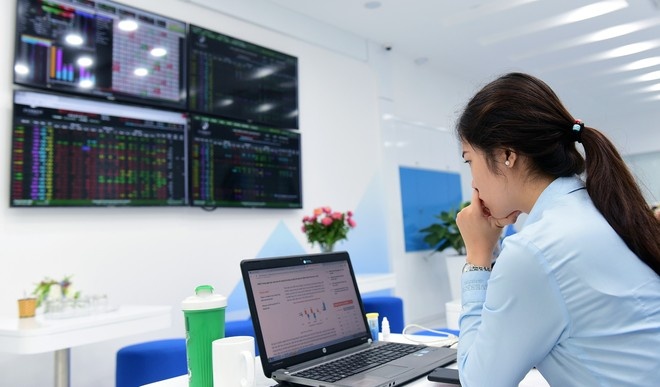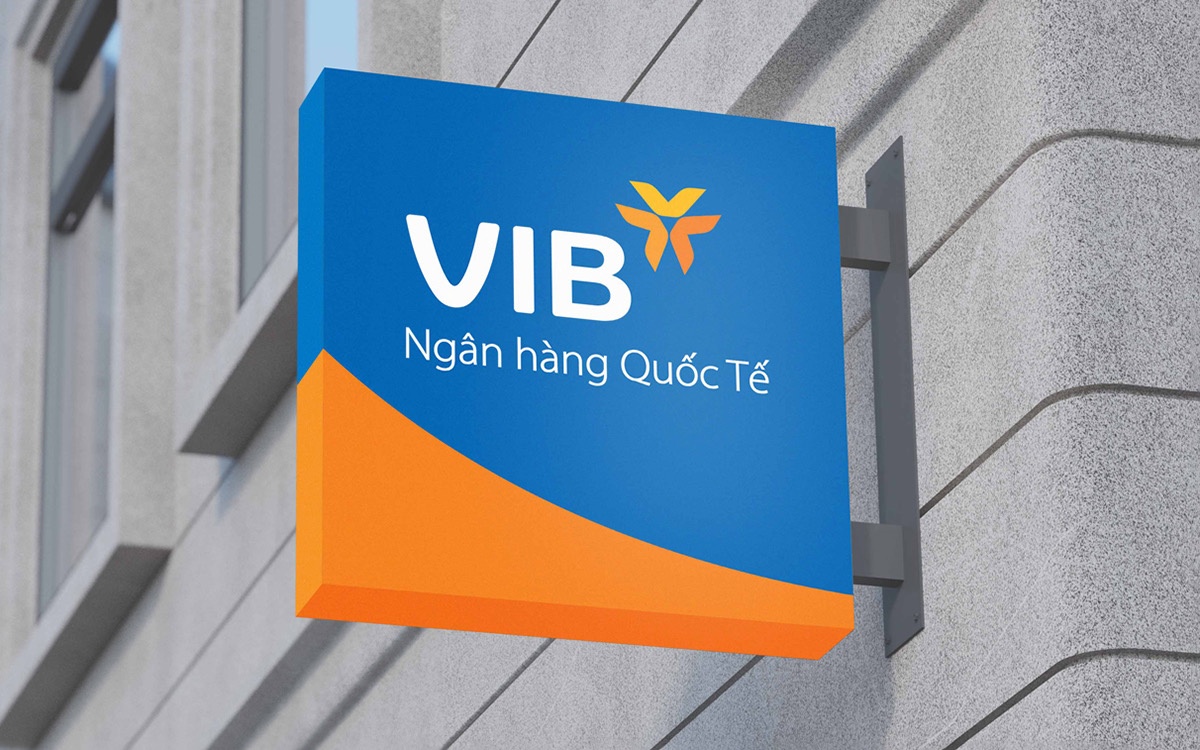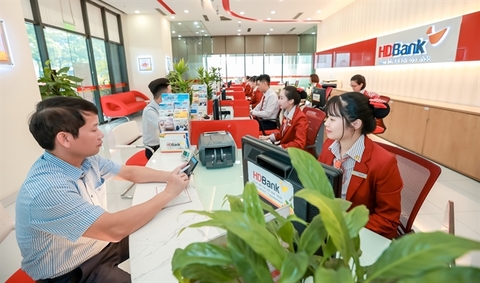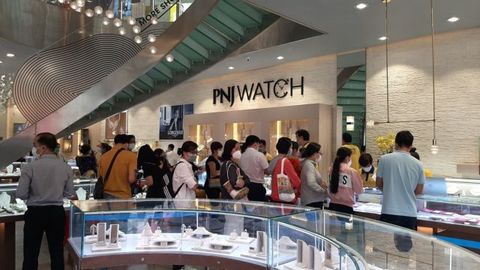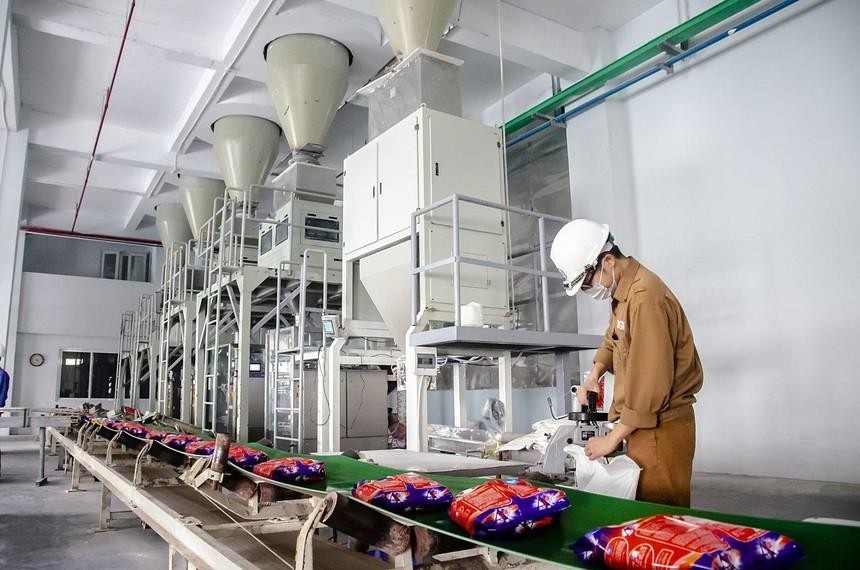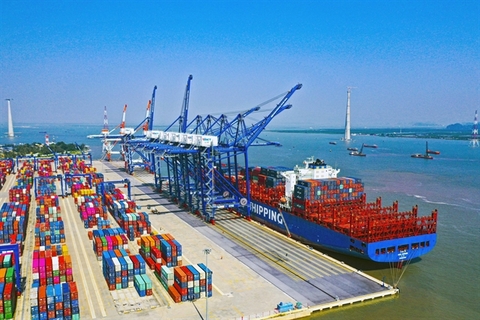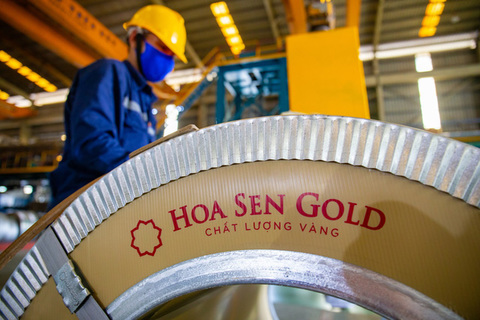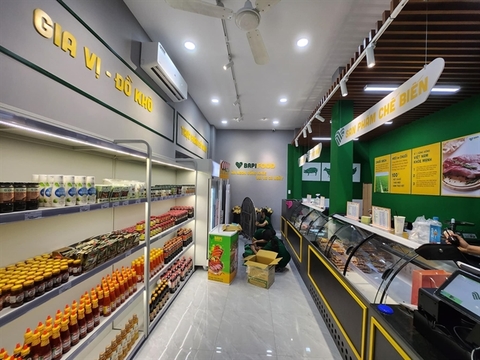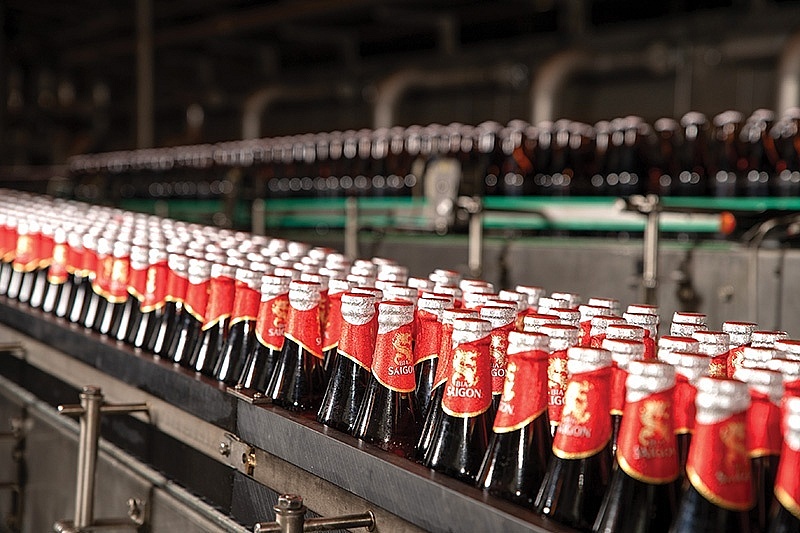Rubber companies' (GVR) business results gloomy in Q3
Rubber companies' (GVR) business results gloomy in Q3
Even though rubber export volume advanced by 6 per cent year-on-year in the third quarter of 2022, according to calculations from the General Department of Customs, export value saw a decline of about 2 per cent because of lower rubber prices.
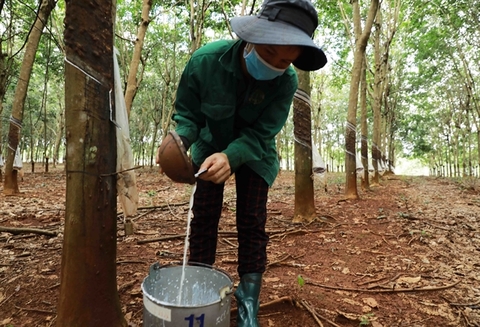
Rubber prices decreased during the period as demand slowed in China due to hot weather disrupting production and prolonged COVID-19 prevention measures affecting production activities.
This development was reflected in the business results of the rubber industry group. According to a survey of 13 listed companies on the Ho Chi Minh Stock Exchange (HoSE), the Ha Noi Stock Exchange (HNX) and the UPCoM, there were eight companies posting reduced profits and only three witnessing gains, while another two suffered losses.
Vietnam Rubber Group (HoSE: GVR)'s consolidated profit after tax plunged 35.2 per cent on-on year to VND993.86 billion (US$40.09 million) in Q3/2022. The company explained that the general economy fluctuated toward a downward trend, causing a decrease in sales during the period along with a fall in selling prices while expenses for input surged over the same period last year.
In addition, subsidiaries made provisions for the impairment of investments in Laos due to the depreciation of the Lao's currency kip.
For the first nine months of the year, the company reported a drop of 8.6 per cent in profit after tax to nearly VND3.5 trillion.
Similarly, Phuoc Hoa Rubber JSC (HoSE: PHR) experienced an increase in input costs and cost of goods, dragging its gross profit margin down by 20 per cent, said the company. Therefore, its profit after tax in Q3 subdued 17.65 per cent over last year to VND140.46 billion.
The profit after tax of Tan Bien Rubber (UPCoM: RTB) plummeted 90.1 per cent year-on-year to VND15.78 billion. The company said that its revenue fell 35.25 per cent to over VND75 billion due to a decrease of 1,900 tonnes in sales, and income from the liquidation of rubber plantations also edged down while all kinds of expenses rose.
Some other enterprises witnessed gains in profits such as Doruco (HoSE: DPR), Horuco(HoSE: HRC), and Inruco (UPCoM: IRC). However, the growth did not come from the main business. Horuco's profit after tax was up 28.6 per cent to VND738.5 million thanks to the cut in management costs.
Meanwhile, consolidated profit after tax of Doruco reached more than VND97.5 billion, a 28.2 per cent and Inruco's was over VND19 billion after losing VND6 billion in the same period last year, both thanks to liquidation of rubber trees.
The November strategy report of ACB Securities Company (ACBS) showed that natural rubber futures prices on the Tokyo Commodity Exchange slid by 4.56 per cent amid concerns about oversupply and slowing demand from China, while many cities in this country set up new lockdowns.
Recently, the city of Chongquing, one of China's largest auto manufacturing hubs, issued an order to cut electricity to save energy amid unprecedented heat waves that have forced a number of factories to close.
Moreover, global economic growth slowed down after central banks raised interest rates to curb inflation, and chip shortages pulled demand for rubber products such as auto parts, ckouding the rubber demand outlook.
ACBS expected that rubber prices are unlikely to rebound due to lower demand.









